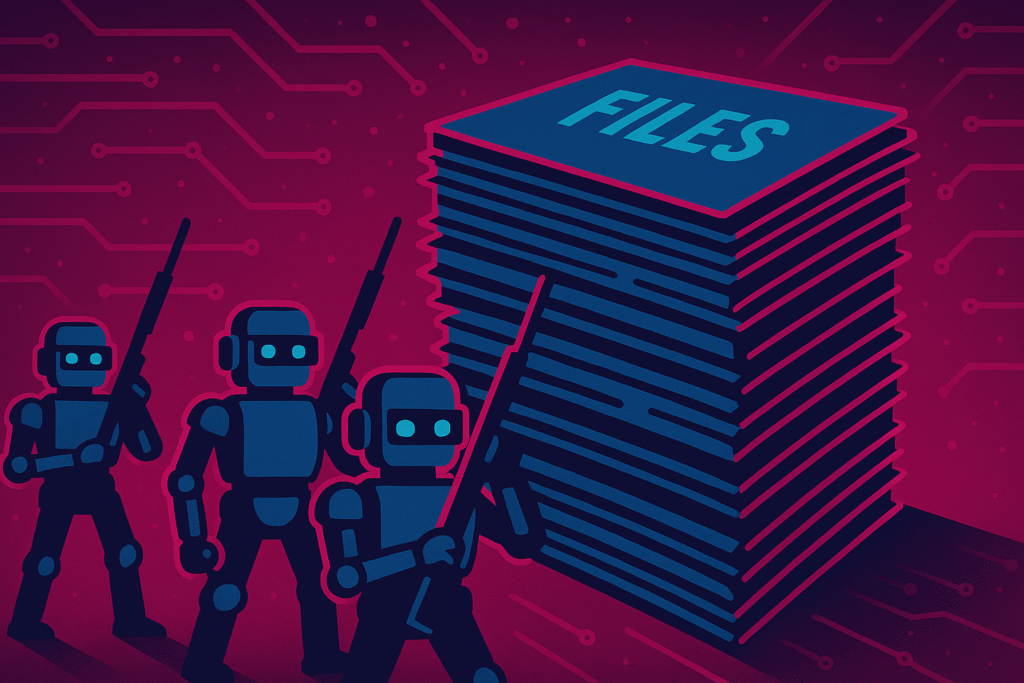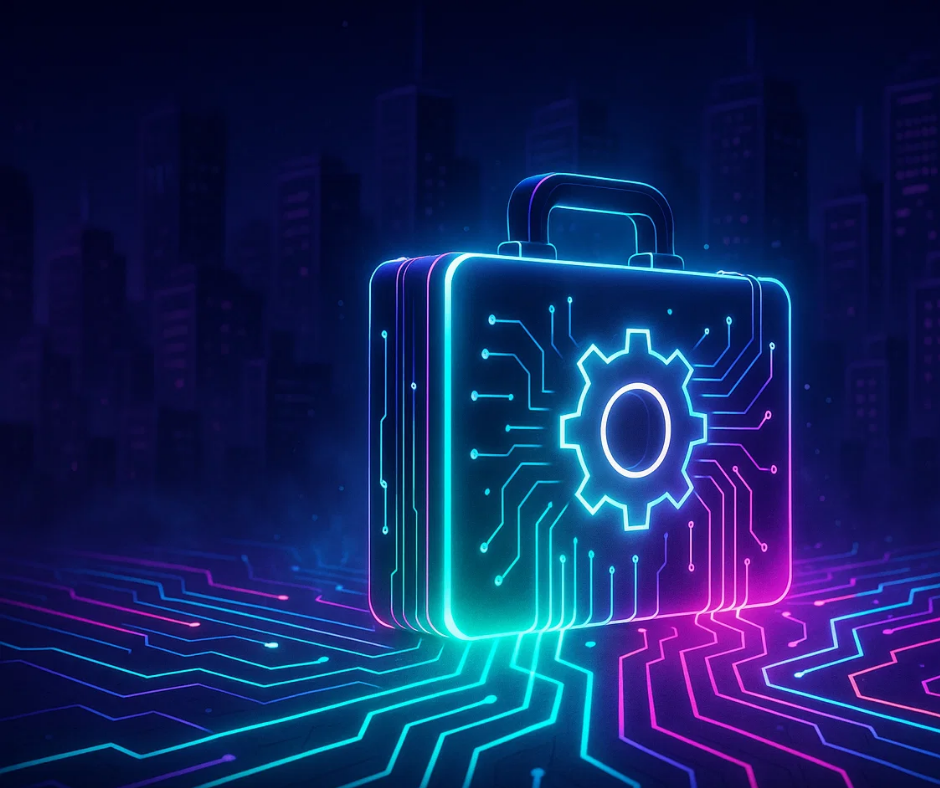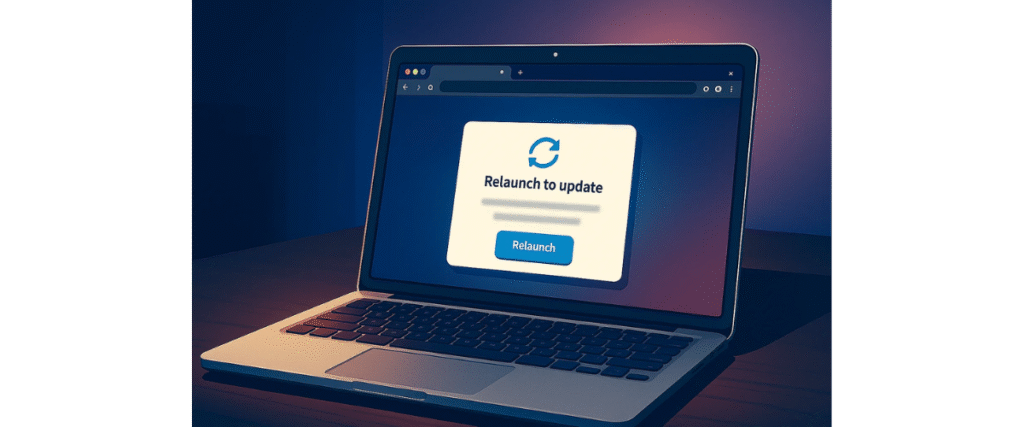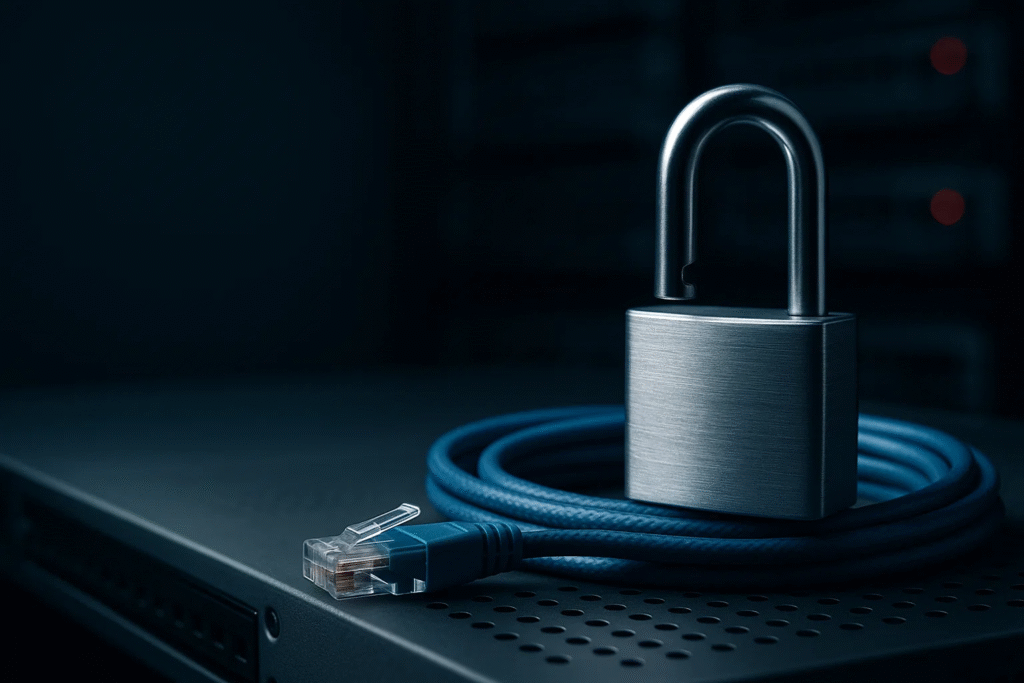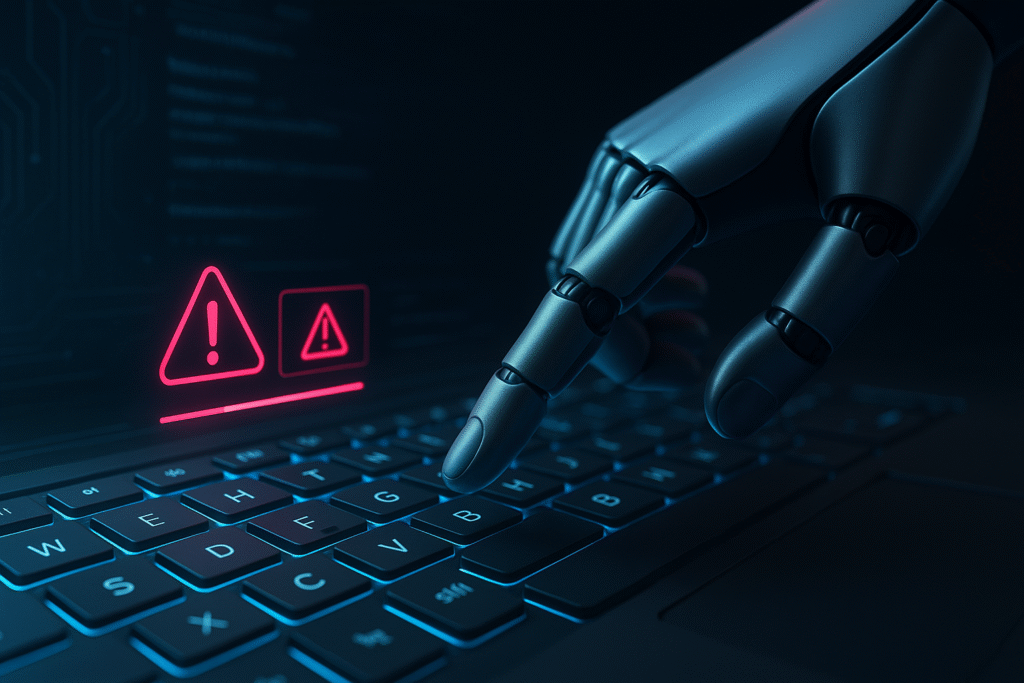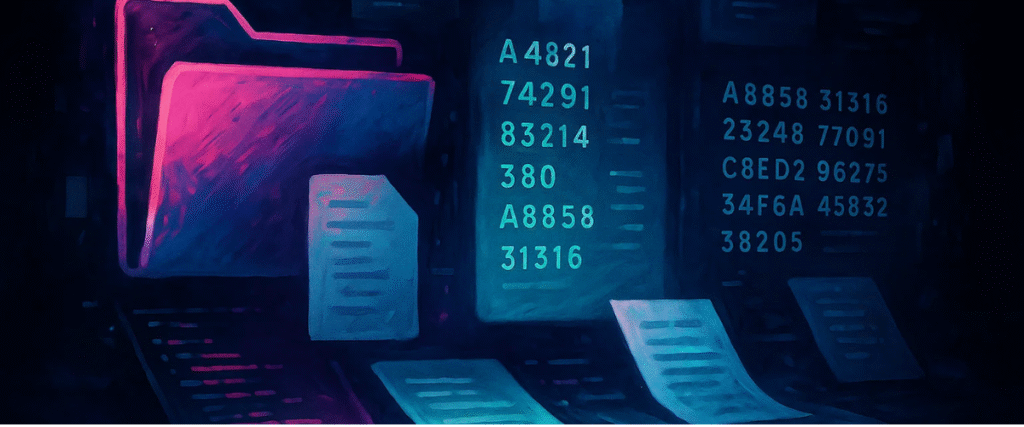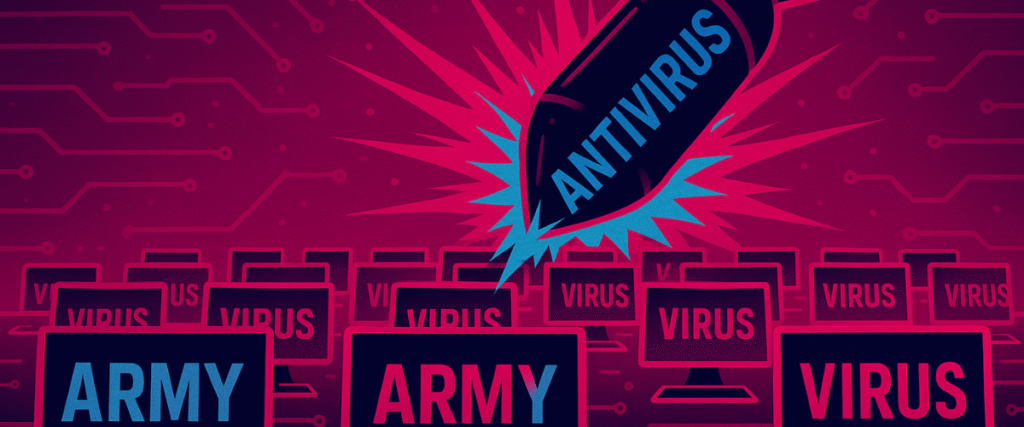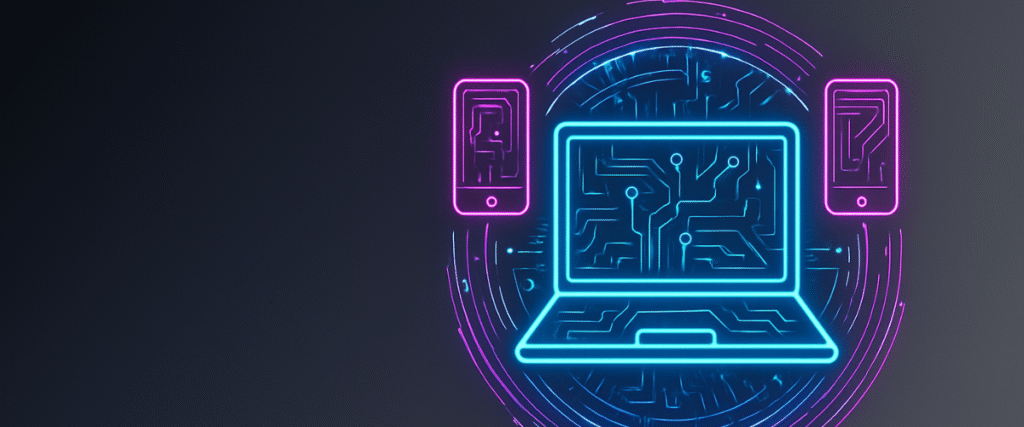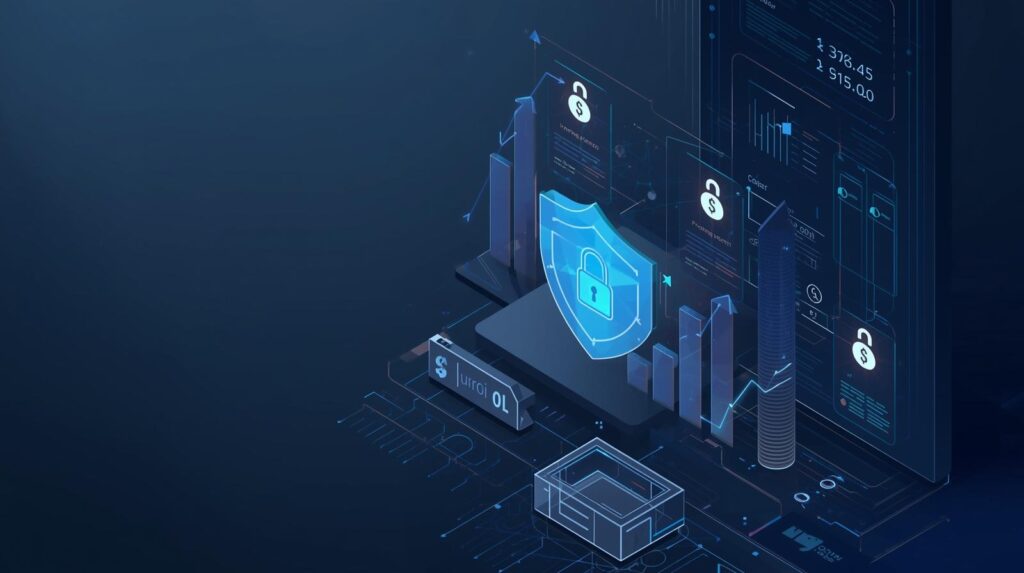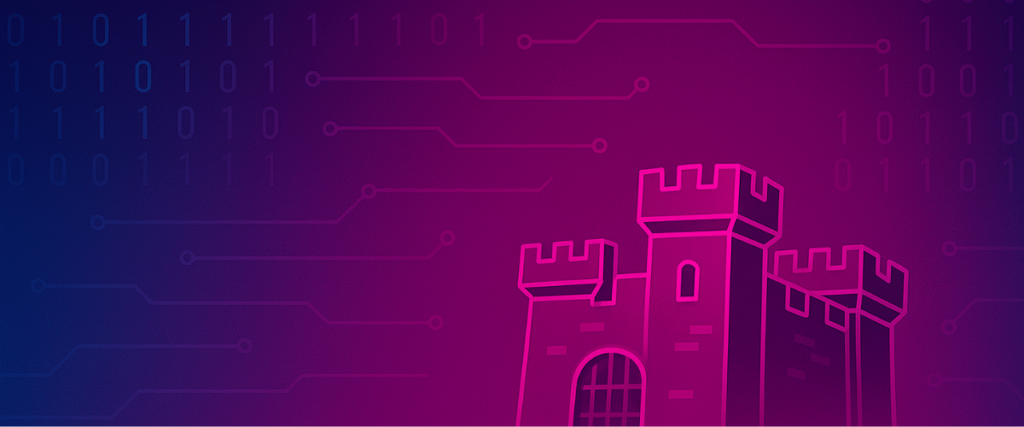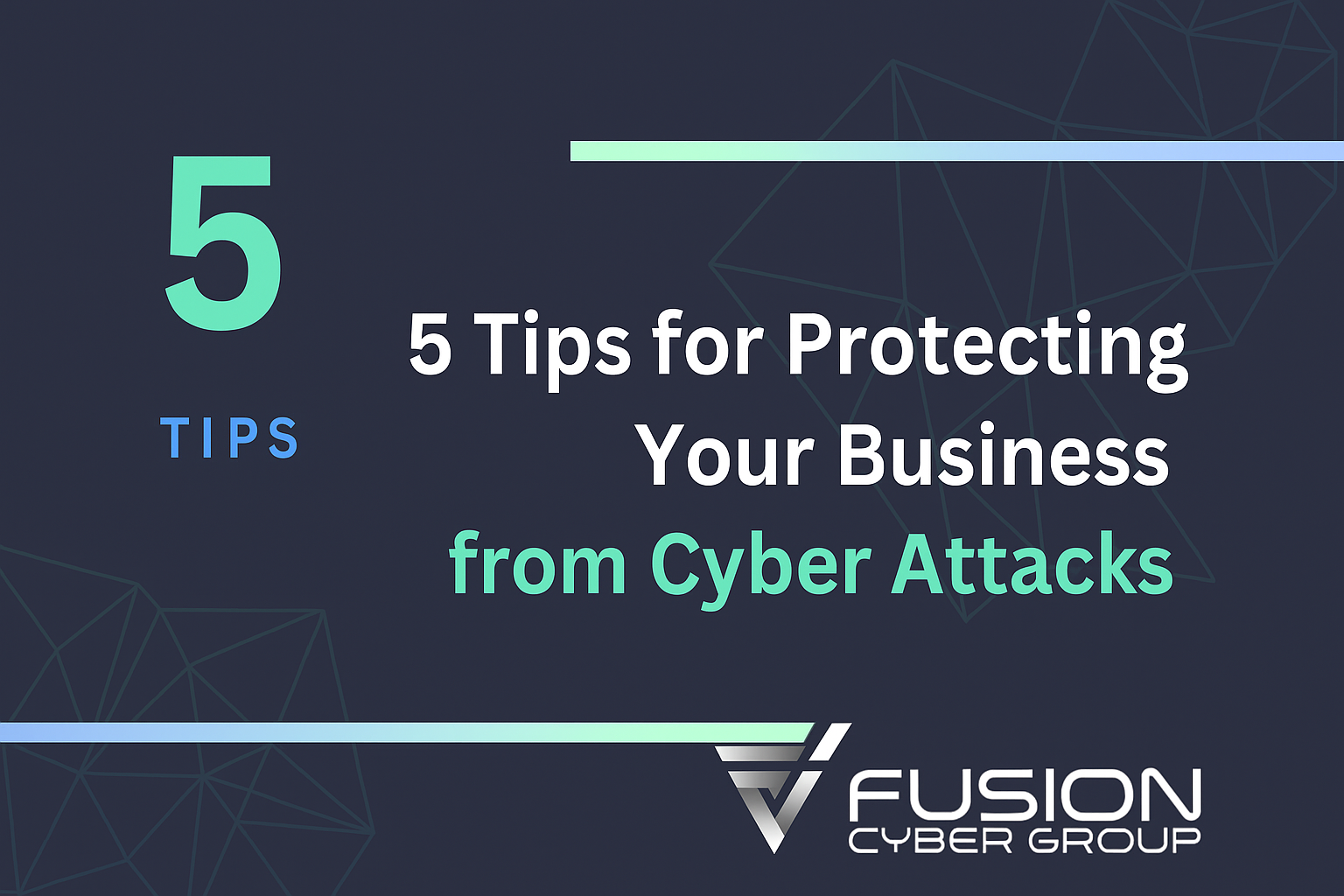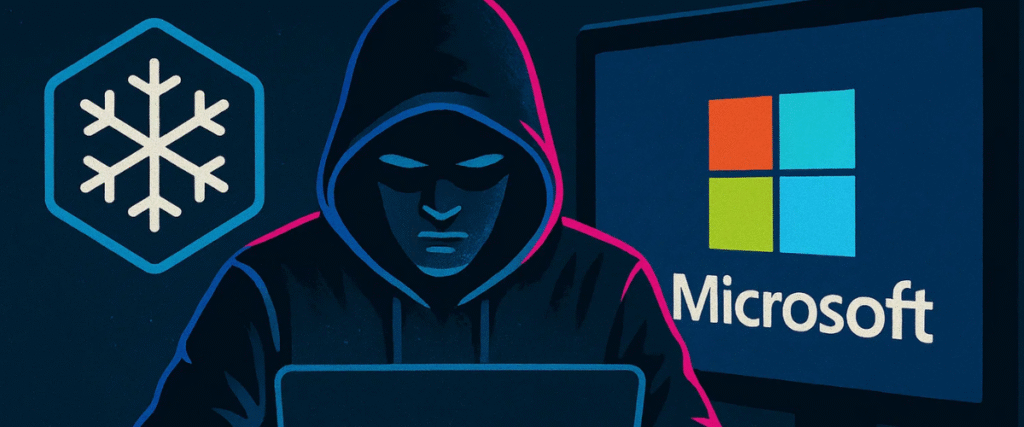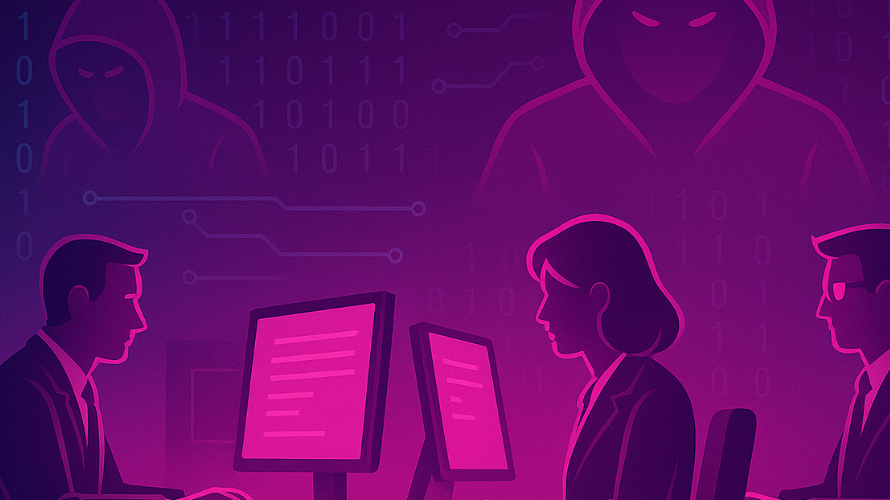Your firewall just became the door—make layered defence the lock.
What You Must Know
A zero-day flaw in Cisco’s Secure Firewall ASA (Adaptive Security Appliance) was actively exploited before patches were publicly available—proof that even “trusted” perimeter devices can become the door, not the lock. If your business relies mainly on a firewall and signatures, you will be blindsided sooner or later because day-zero activity rarely matches known patterns.
The fix isn’t a single product—it’s a living architecture: layered defence with endpoint detection and response on every system, centralized logging and analytics that fuse identity, endpoint, and network signals, and always-on monitoring by humans who can interpret weak signals in context. Add phishing-resistant MFA, conditional access, and identity threat detection to choke credential abuse; automate safe responses like host isolation and token revocation to cut dwell time; and protect recovery with immutable, tested backups so you can restore cleanly without re-introducing risk. Practice with tabletops so the first hour is automatic, not improvised.
Business outcome, one line: move from “we hope the firewall works” to “we detect and contain fast,” reducing downtime, legal exposure, and reputational risk. In practical terms, aim for mean time to detect under 15 minutes, mean time to contain under 60, >95% endpoint coverage with EDR, and >98% MFA adoption. That posture limits blast radius, accelerates insurance and regulatory responses (PIPEDA/Bill 25), reassures customers and lenders, and turns a potential crisis into a contained event with clear timelines, preserved evidence, and confidence that operations can continue.
What Happened: Cisco ASA Zero-Day in the Wild
Threat actors targeted vulnerabilities in Cisco ASA/FTD devices that were being exploited before patches were widely available. Because exploitation preceded public fixes, even well-maintained environments were exposed during the zero-day window.
This is the new normal. Every few months, a device designed to protect your network—firewall, VPN, router, or switch—becomes the very door attackers walk through. When the defender at the gate goes down, the impact is felt everywhere inside the castle.
Why it bites SMBs
- Edge devices are highly exposed. They face the internet all day, yet many SMBs monitor them the least.
- Remote access rides on the same box. VPN, clientless portals, and SSO hooks often terminate at the firewall—prime ground for credential theft and lateral movement.
- “Firewall-only” strategies create blind spots. Without endpoint, identity, and network telemetry working together, attackers blend into normal traffic.
What typically follows initial access
- Reconnaissance: mapping users, servers, and shares; identifying high-value systems.
- Credential harvesting: token replay, password reuse, and stealthy abuse of admin tools.
- Lateral movement: pivoting to file servers, finance applications, and backups.
- Exfiltration or ransomware: compressing data for theft or staging encryption at scale.
Executive translation: this is a business-continuity problem, not just an IT issue. If the firewall fails quietly, the cost lands on operations, finance, legal, and customer trust.
Why Zero-Days Are Unavoidable—and Increasing
You can’t “patch your way” out of zero-days. Here’s why:
- Complex codebases: modern network stacks are huge. Some bugs stay hidden until an attacker finds them.
- Lucrative markets: zero-days for network appliances are valuable to criminals and state actors.
- No signatures at first: signature-based tools look for known patterns. On day zero, there isn’t one.
- Zero trust for infrastructure: your infrastructure is a target. Treat firewalls, VPNs, and controllers as “assume-breached” assets.
- Automation at scale: once a working exploit surfaces, scanning and exploitation become industrialised within hours.
Bottom line: assume a zero-day already exists in your stack. Your job is to detect abnormal behaviour and limit blast radius.
Why Perimeter + Signature Defences Aren’t Enough
Perimeter technology and signatures still matter—but they defend yesterday’s attacks. Zero-days succeed because:
- TTPs can look normal. Early attacker steps mimic admin behaviour and routine maintenance.
- Legitimate tools are abused. PowerShell, SSH, RDP, scheduled tasks, and service managers do the heavy lifting.
- Damage happens inside. Credential abuse, privilege escalation, and east-west data access often fly under a firewall’s radar.
What good looks like instead
- Fuse signals: correlate network flows, endpoint behaviour, and identity events.
- Hunt behaviours: impossible travel, odd parent/child process chains, new device fingerprints, and unusual SMB/LDAP bursts.
- Isolate fast: quarantine devices, revoke tokens, and segment networks within minutes—not hours.

The Role of 24/7 Monitoring & Human Analysts
Automation is your first alarm; analysts make the call. Attacks rarely unfold neatly. Humans supply context, judgement, and urgency.
What analysts watch for
- Identity anomalies: off-hours logins, risky OAuth grants, spikes in failed MFA, access from unfamiliar ASNs or device IDs.
- Endpoint signals: unsigned drivers, LSASS access attempts, suspicious WMI and script-host bursts, unexpected parentage (e.g.,
excel.exe → powershell.exe). - Network patterns: sudden SMB enumeration, DNS beacons to odd domains, unusual VPN session duration or throughput, new east-west paths.
Rapid actions that change outcomes
- Isolate the source: kill the VPN session or quarantine the endpoint immediately.
- Kill credentials: disable the account, revoke refresh tokens, rotate service keys.
- Block routes: temporary deny rules for suspicious IPs/domains; restrict lateral movement.
- Preserve evidence: capture RAM and disk artefacts and snapshot key logs before they roll.
- Escalate to forensics: confirm scope and eradicate persistence.
Service levels to demand
- 24/7 triage with human acknowledgment in under 15 minutes.
- Containment inside an hour for high-confidence alerts.
- Daily threat-hunting sweeps across identity, endpoint, and network data.
How to Architect for Resilience
Endpoint Detection & Response (EDR/MDR/XDR). Start with managed EDR on all servers and workstations, including remote users. Focus on behavioural rules, memory-tamper detection, script abuse, and automatic isolation for high-confidence events. As you mature, graduate to XDR—where endpoint, identity, and SaaS telemetry are analysed together—and consider deception canaries to trip up lateral movement.
Central Logging and Analytics (SIEM + Network Analytics). Route firewall, VPN, Active Directory/IdP, endpoint, and cloud app logs to a central analytics platform. Turn on user and entity behaviour analytics (UEBA). Establish baselines for normal activity so anomalies stand out. Pay special attention to east-west traffic and data egress anomalies—these are where quiet breaches get loud.
Identity Security and MFA Everywhere. Enforce MFA for all users and phishing-resistant methods for admins. Block legacy protocols that bypass MFA. Use conditional access (device posture, geolocation, risk signals). Monitor token issuance and consent grants—token theft is a modern attacker favourite. Add ITDR (Identity Threat Detection and Response) to spot impossible travel, “first-time-seen” devices, and risky authentications.
Threat Intelligence and Hunting. Feed your analytics with curated threat intelligence. Don’t just ingest feeds—turn them into hypotheses. Conduct regular hunts aligned to current campaigns (e.g., VPN abuse patterns, ASA-style web portal anomalies). Plant honey-tokens and canary files to catch unauthorized access early.
Automated Response, With Guardrails. Automation should cut dwell time, not create chaos. Automate what’s safe: endpoint isolation, token revocation, IP/domain blocking, and temporary ACL changes. Require human approval for risky actions (e.g., disabling core accounts or network segments). Use playbooks so responders can act fast, consistently, and audibly.
Backups and Segmented Recovery. Assume at least one control fails. Protect backups with immutability and isolation. Practise recovery so RTO/RPO are real numbers, not guesses. Keep “golden images” for critical systems and document the exact steps to rebuild them without re-introducing malware.
Tabletops and Playbooks. Run at least two tabletop exercises a year—one technical (edge device zero-day → credential theft → lateral movement) and one executive (communications, legal, customer updates). Freeze learnings into updated runbooks. Speed and clarity in the first hour often decide the outcome.
Reporting and KPIs for Leaders. Track what leaders can use: mean time to detect, mean time to contain, coverage (% endpoints with EDR, % identities with MFA), number of privileged accounts, and data-egress anomalies. Share short monthly summaries and a quarterly board-grade view of trends and gaps.

A 30-Day Action Plan
Assign each item an owner and a date. Put them on the same list as revenue-critical initiatives.
Days 1–7: Inventory & Patch
- Catalogue every internet-facing device: firewalls, VPNs, remote gateways, load balancers.
- Record versions, patch levels, and support status.
- Schedule emergency windows to apply vendor guidance.
- Flag end-of-support hardware and map a fast-track refresh path.
Days 1–10: Turn On Full Logging
- Stream firewall/VPN/AAA, AD/IdP, endpoint, and cloud app logs to your SIEM/XDR.
- Log MFA outcomes, token events, consent grants, device posture.
- Set retention to at least 90 days hot and 365 days cold.
Days 1–14: Deploy or Expand EDR/MDR
- Cover servers first, then all endpoints—including remote workers.
- Enable auto-contain on high-confidence detections.
- Add rules for script abuse, credential dumping, LOLBins, and unsigned drivers.
Days 1–14: Enforce MFA & Least Privilege
- Require phishing-resistant MFA for admins; block legacy auth.
- Remove standing domain admin; shift to Just-In-Time elevation.
- Audit external shares and service accounts; prune over-privilege.
Days 7–21: Run a Threat-Hunting Pass
- Hunt for off-hours VPN logins, odd geos, first-time ASNs, and new device fingerprints.
- Check for new/unknown services on servers; enumerate local admins.
- DNS hunt: dynamic domains, look-alike brands, TXT query spikes.
Days 21–28: Test Your Response
- Tabletop the scenario: “Edge-device zero-day → credential theft → lateral movement.”
- Validate who isolates devices, who resets tokens, who talks to customers, and how fast you restore.
- Time each step; record RTO/RPO; eliminate bottlenecks.
Day 30: Right-Size the Plan
- Map risk to service tier (Essential → Enhanced → Advanced).
- Factor in PIPEDA, Quebec Bill 25, customer SLAs, and insurer demands.
- Approve a 12-month roadmap and budget.
Practical Playbooks, Queries, and Indicators
Rapid Containment Playbook (Edge Zero-Day)
- Freeze the session: isolate the endpoint or cut the specific VPN connection.
- Kill credentials: disable the account, revoke refresh tokens, rotate service keys.
- Block the route: push temporary deny rules; clamp east-west access around the affected segment.
- Preserve evidence: acquire RAM + disk from the first two impacted endpoints; snapshot logs.
- Scope and eradicate: hunt for lateral movement and persistence (tasks, services, run keys).
- Recover cleanly: restore affected systems from immutable backups.
- Close the loop: fix logging gaps, update detections, and refresh playbooks.
Starter Analytics to Drop into Your SIEM/XDR
- Impossible travel (Identity): two logins >2,500 km apart within 60 minutes.
- VPN anomaly (Network): first-time ASN + first-time device ID + off-hours access.
- Process chain (Endpoint): Office app → script host → network tool (e.g.,
winword.exe → powershell.exe → curl.exe). - Lateral movement (Network): a workstation suddenly enumerates multiple servers via SMB/LDAP.
- Egress spike (Network): outbound volume 3× a user’s 30-day baseline to an untrusted ASN.
Golden Signals and Targets
- MTTD: under 30 minutes for high-confidence alerts.
- MTTC: under 60 minutes for confirmed incidents.
- Dwell time: under 24 hours from initial access to isolation.
- Coverage: >95% endpoints with EDR; >98% identities with MFA.
- Exercises: at least two tabletops per year (technical + executive).
Budget & Planning Notes for SMBs
Smart SMB security budgets should favour coverage, speed, and people over shiny tools. Start with four foundations that stop real attacks: managed EDR on every server and workstation, centralised logging with basic analytics, MFA for everyone—phishing-resistant for admins—and two tabletop exercises that turn policy into muscle memory. Aim for more than ninety-five percent endpoint coverage, more than ninety-eight percent MFA, and ninety days of searchable logs with a year for investigations.
If cash is tight, phase spending: EDR plus MFA plus logging first; identity analytics and SOAR later. As your attack surface grows—new locations, SaaS, compliance commitments, or sensitive customer data—add conditional access, identity-centric detection, deception canaries, and XDR that correlates endpoint, identity, network, and SaaS signals to reduce noise and raise confidence. Keep the focus on cutting dwell time and proving recovery rather than collecting dashboards.
Demand alignment from partners. Insist on clear SLAs—human acknowledgement under fifteen minutes and containment under sixty for high-confidence incidents—plus outcome metrics you can track. Ask for financially backed response so incentives match yours, case notes, evidence packages for insurers and auditors, and a clean exit plan with portable detections, logs, and playbooks. Red flags include vague promises, “AI handles everything,” weak identity expertise, or reluctance to share artefacts.
Invest in people. Name an executive sponsor, an incident response lead, and a service owner. Publish a 24/7 escalation tree with phone numbers, not just inboxes. Run quarterly micro-drills for host isolation, token revocation, and restores so the first hour is automatic. Budget annually, review quarterly, and tie spend to KPIs: mean time to detect, mean time to contain, coverage percentages, and RTO/RPO targets that your team can meet safely.

What “Good” Looks Like in Real Life
Good security feels calm because the first hour is rehearsed. At 01:13 a user’s VPN login arrives from a first-seen autonomous system in an unfamiliar country on a new device. The analytics platform correlates off-hours timing, geovelocity, and first-seen signals; confidence crosses the threshold and a human is paged within minutes. Baselines contradict the pattern.
By 01:20 pre-approved actions revoke refresh tokens, terminate the VPN session, and isolate the endpoint from east-west traffic. Deny rules block the suspicious ASN and contacted domains. Forensics begins: capture volatile memory; triage services, scheduled tasks, and run keys; look for credential dumping; and review unusual parent–child chains such as winword.exe spawning powershell.exe and curl.
At 02:10 hunters sweep the prior seventy-two hours across identity, endpoint, and network logs. They look for abnormal LDAP queries, sudden SMB enumeration, RDP bursts, and DNS beacons. Scope remains small. Credentials are rotated. High-risk service keys are changed. Nearby systems are checked for persistence and cleared. Communications templates are readied in case regulatory or contractual notifications become necessary.
By 07:30 any touched workstation is rebuilt from a golden image and user data returns from immutable backups. File shares restore within the stated recovery objective. Before noon executives receive a brief explaining what happened, what we did, why operations are safe, and which improvements ship today. KPIs are met: detection under fifteen minutes, containment under sixty, and no meaningful exfiltration.
Afterwards the team tunes detections, enables a conditional-access policy for high-risk sign-ins, and schedules micro-drills for isolation, token revocation, and restores. Evidence is preserved for insurers and auditors: timelines, artefacts, and decisions. Most importantly, leaders see crisp timelines and steady recovery rather than panic. Confidence grows because the business can contain trouble quickly, communicate clearly, and keep serving customers.
Final Thoughts
Zero-days are not a failure of your team—they are a feature of modern software and a fact of doing business online. The test of resilience is not whether you can prevent every unknown flaw. It’s whether you see trouble early, act decisively, and recover clean. When you deploy layered defences, monitor continuously, and practise response, a zero-day stops being a catastrophe and becomes a contained event.
If you’d like help benchmarking your posture or mapping which layer to add next, we’re here to make that process straightforward and measurable.
Featured links:
FAQ:
Does patching end my exposure to these ASA zero-days?
Patching stops new exploitation, but you still must check for earlier compromise. Pull logs, hunt for anomalies, review VPN sessions, and follow CISA/NCSC guidance for forensics, token resets, and device integrity validation.
We don’t use Cisco—why should we care?
Edge devices from any vendor face the internet and are prime zero-day targets. The lesson is architectural: layered defence, identity-aware analytics, 24/7 monitoring, and rehearsed response reduce blast radius regardless of brand. (Principle reinforced by recent directives.)
What early signals should teams watch?
Look for off-hours or impossible-travel logins, first-seen devices or ASNs, unusual VPN throughput, new east-west SMB/LDAP bursts, and odd process chains on endpoints (e.g., Office spawning PowerShell). Investigate fast; isolate on high confidence. (Aligned to NCSC behaviours.)
What’s a realistic first-month plan for SMBs?
Deploy EDR broadly, centralise logs, enforce MFA (phishing-resistant for admins), run a zero-day tabletop, and set containment SLAs (<60 minutes). Add identity analytics and automated isolation as you mature. Use official advisories to tune hunts.
PROBLEM
Zero-day exploits turned trusted firewalls into entry points.
IMPACT
Silent initial access, credential theft, and lateral movement jeopardise operations, compliance, and reputation.
SOLUTION
Layered defence: EDR/XDR, centralised logging, identity analytics, phishing-resistant MFA, and 24/7 human monitoring with practised playbooks.
CONSEQUENCE
Faster detection and containment, minimal downtime, clean recovery, and auditor-ready evidence; zero-days become contained events—not crises.
Our Cybersecurity Guarantee
“At Fusion Cyber Group, we align our interests with yours.“
Unlike many providers who profit from lengthy, expensive breach clean-ups, our goal is simple: stop threats before they start and stand with you if one ever gets through.
That’s why we offer a cybersecurity guarantee: in the very unlikely event that a breach gets through our multi-layered, 24/7 monitored defenses, we will handle all:
threat containment,
incident response,
remediation,
eradication,
and business recovery—at no cost to you.
Ready to strengthen your cybersecurity defenses? Contact us today for your FREE network assessment and take the first step towards safeguarding your business from cyber threats!









